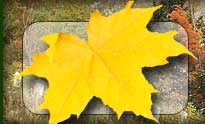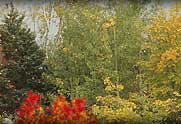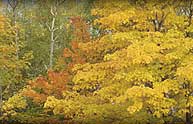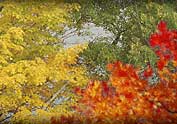Hummingbirds, Winged Jewels
Everyone loves the hummingbird. It is a marvel of nature. In the wild, the hummingbirds have two major sources of food: flower nectar and small insects, such as gnats and spiders, which provide protein. In fact, you could classify the hummingbird as a carnivorous bird. It only uses the nectar to give it energy to hunt insects. They pick their insects from flowers or grab them out of the air as they dart around looking for nectar.
Hummingbirds will readily use a nectar feeder, and since ninety percent of their time is devoted to finding nectar, you really should have one or more of these specially designed feeders in your yard.
There are two basic feeder styles: saucer and vacuum. The latte comes in a wide range of capacities, materials and designs, and is easily hung from a tree limb, pole. It also can be mounted directly to the outside of a window. Saucers are basin feeders covered with a lid with several feeding ports. The lids lift completely off for easy cleaning. When you shop for a new hummingbird feeder, here are some useful tips:
Bee Guards & Ant Moats
Bees and ant are attracted to the same sugar-water mixture as hummingbirds, creating a nuisance to feeding birds. In fact, when ant craw into the nectar and die, they release formic acid, fouling the solution. Hummingbirds will taste this and leave your feeder. Stop ants by putting a barrier, such as a water filled moat, between the ants and nectar. Bees and wasps have short mouthparts, so bee guards over the end of the feeding tubes interfere with their reach.
Capacity
Choose a feeder that matches the number of hummingbirds available to feed in your area. In New England, it is more appropriate to have many, small capacity feeders than one large feeder. East of the Mississippi River, we only get one kind of hummingbird, the ruby-throated. This bird is extremely territorial and will refuse a spot on a feeder for any other ruby-throated, even it’s mate. Don’t forget, no matter where you live, you must empty and clean your nectar feeders at least once per week, more often in hotter climates. Reduce waste and save time by only purchasing a feeder made for your region.
Perches
Hummingbirds are so acrobatic they can eat on the fly. A perch is not required in order to dine. However, a perch may offer an incentive to hang around for a little while.
Cleaning
Hummingbird feeders usually are made form plastic or a combination of glass and plastic, the variable being the nectar container. Glass containers are more durable and scratch resistant, but plastic won’t shatter if it hits the floor. You will be doing lots of filling and cleaning, so make sure you can take the feeder apart easily to reach all parts to scrub thoroughly. Hummers do not find dirty feeders appealing, and old nectar can be dangerous to their health.
Solution
Fill the feeder with a solution of one part sugar to four parts of water, a ratio that approximates the sugar content in many flowers favored by hummingbirds. Never use honey or artificial sweeteners in place of sugar. It is not necessary to add red food coloring because there is sufficient red on most feeders to attract the birds’ attention. Place different hummingbirds feeders out of view of each other, increasing your odds of more birds. For best results, get your nectar feeders out first thing in the spring. The earlier the better.
Good Luck!
|



